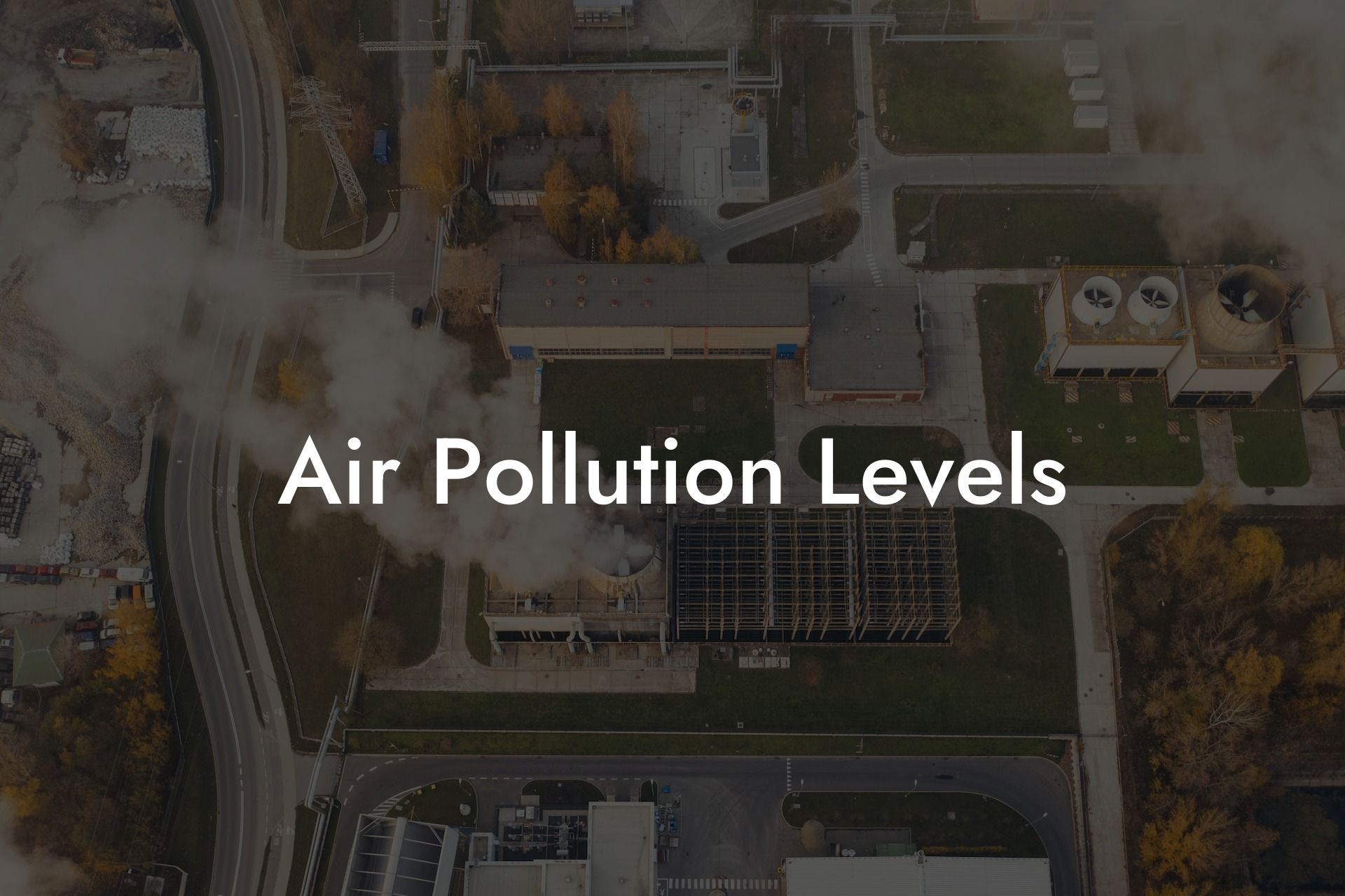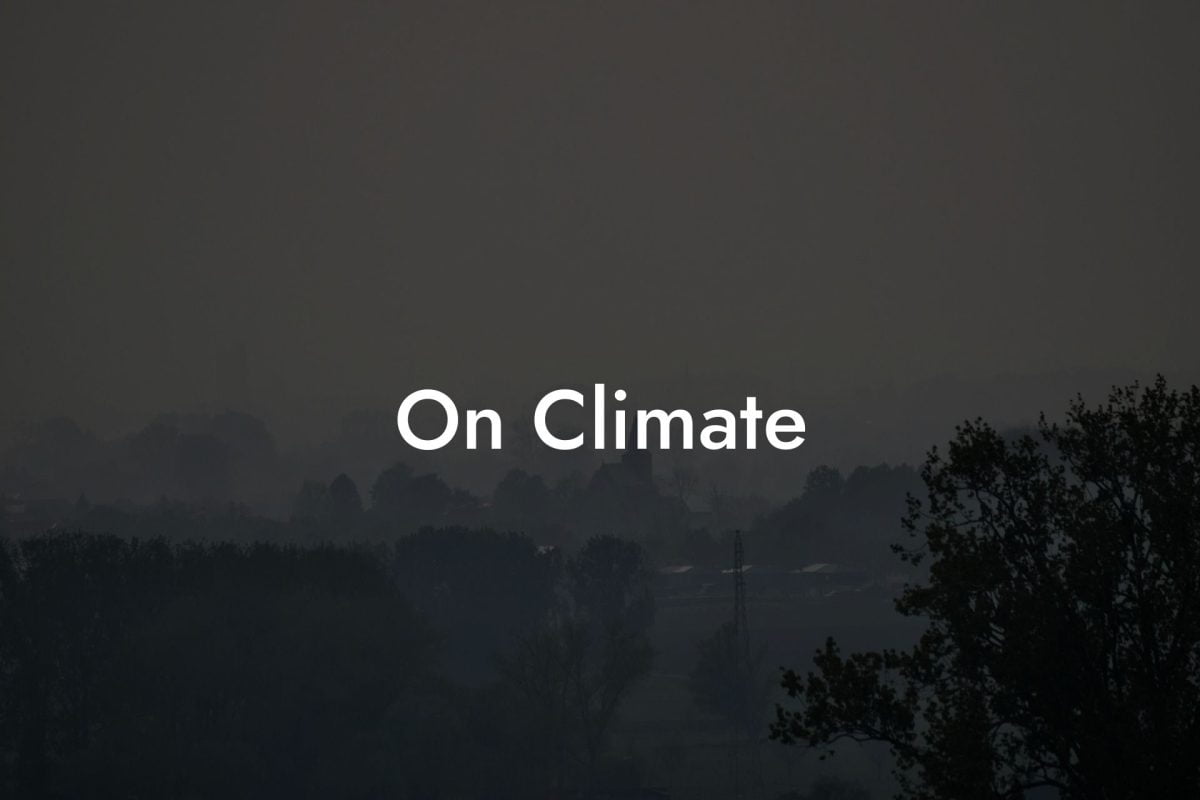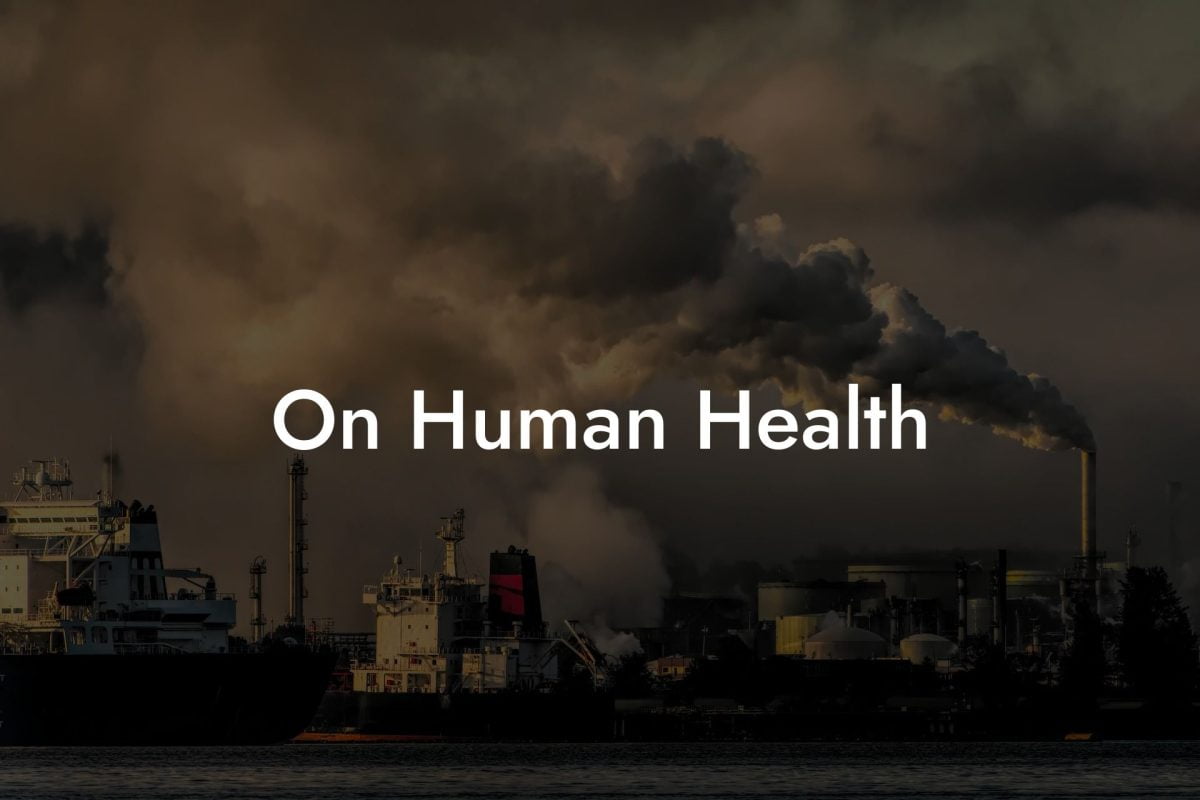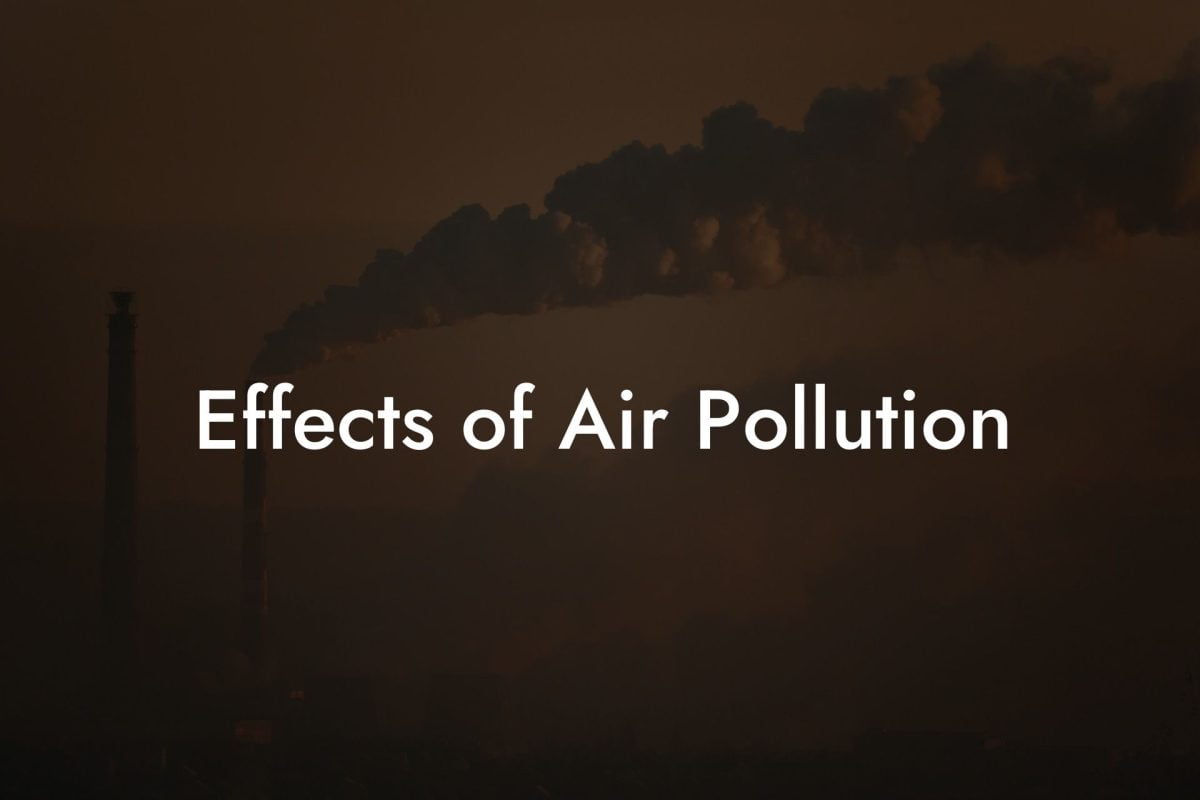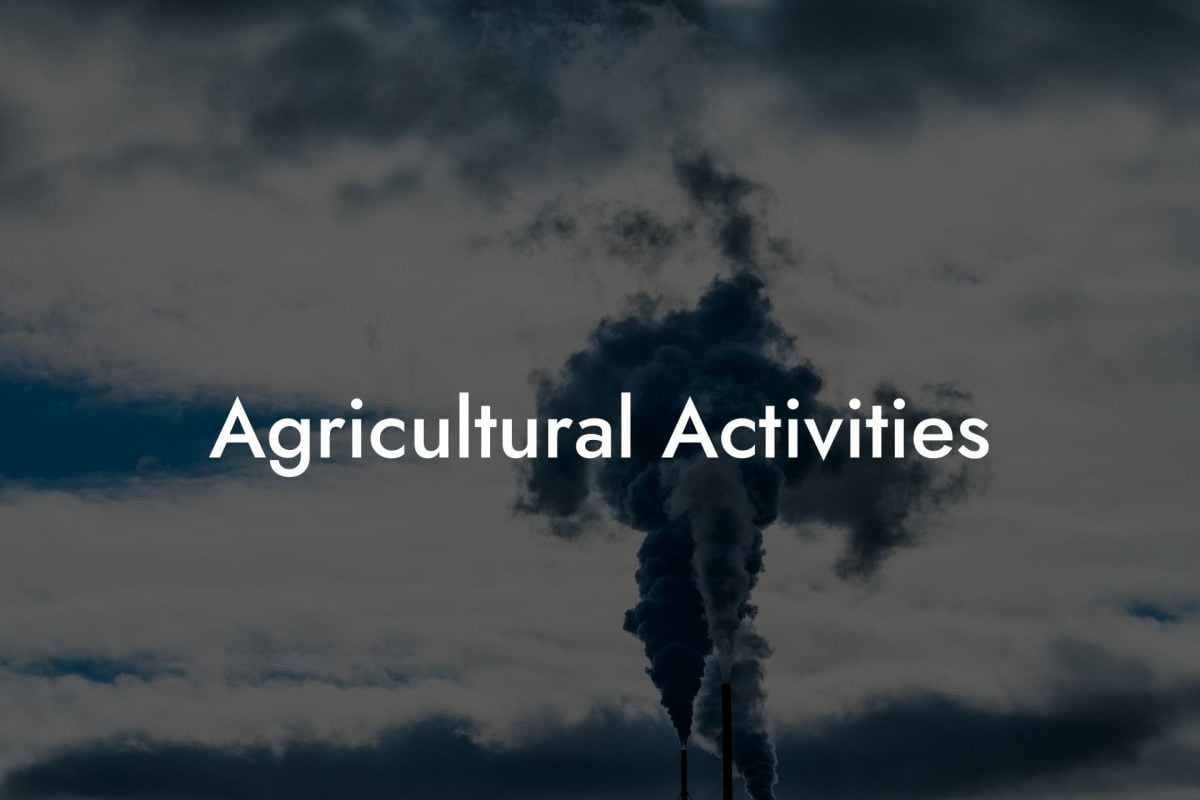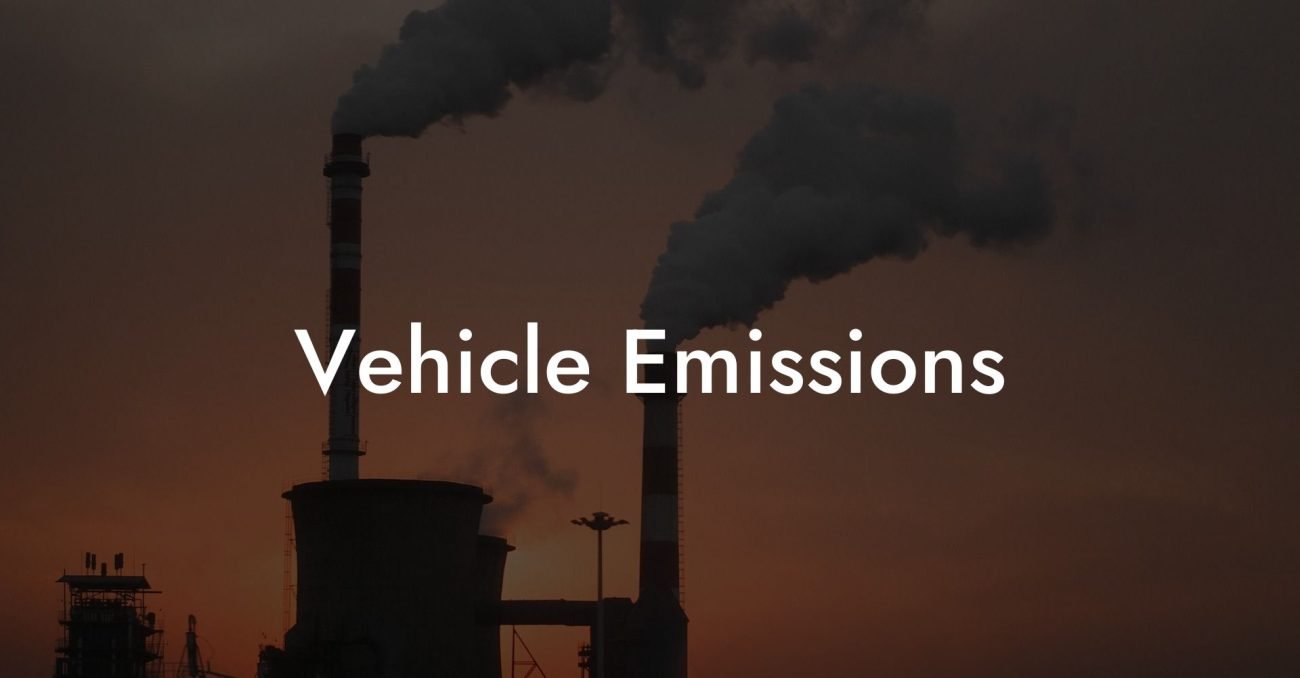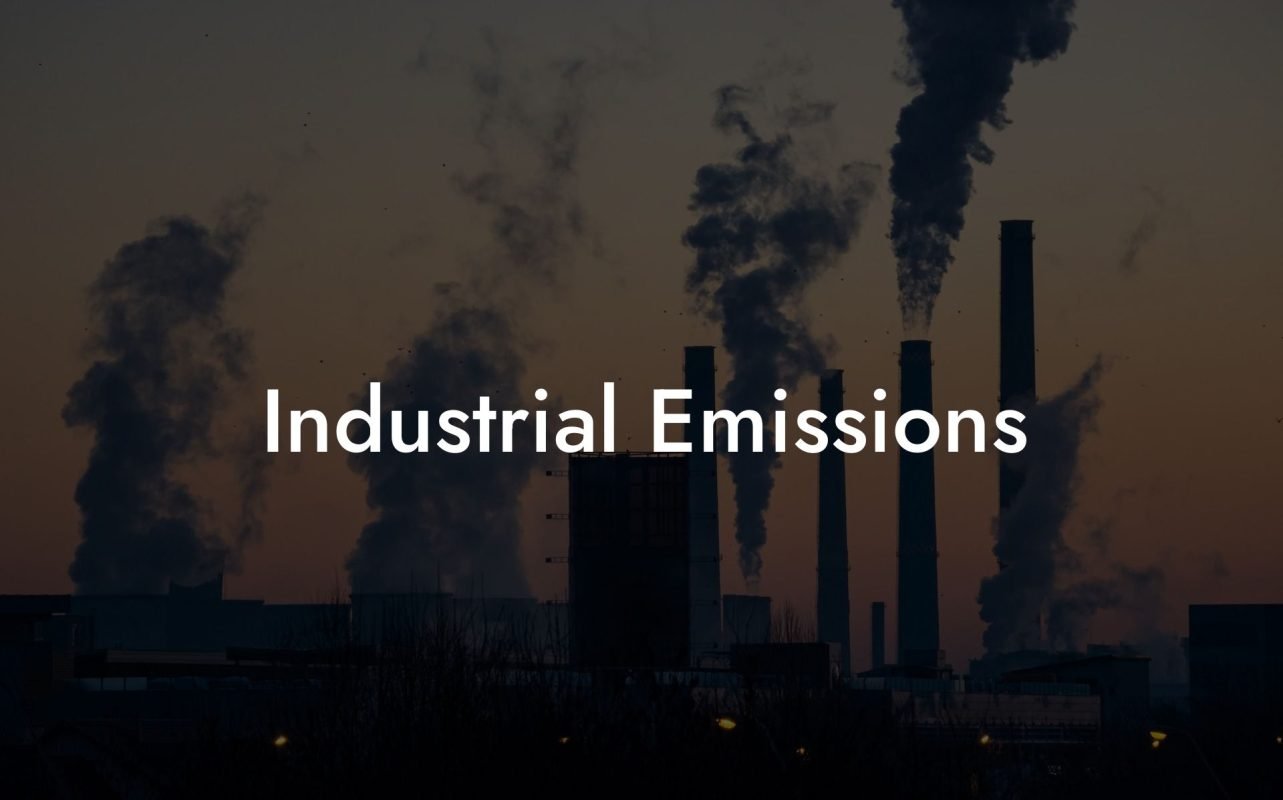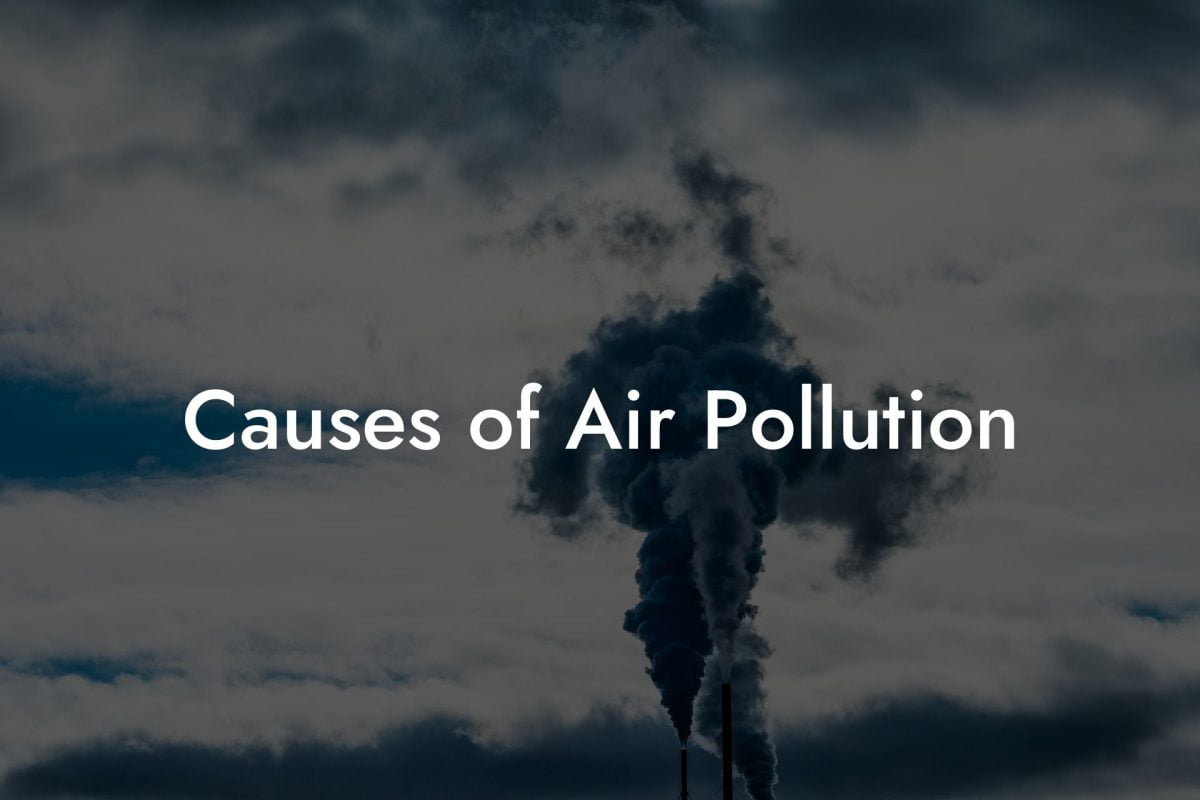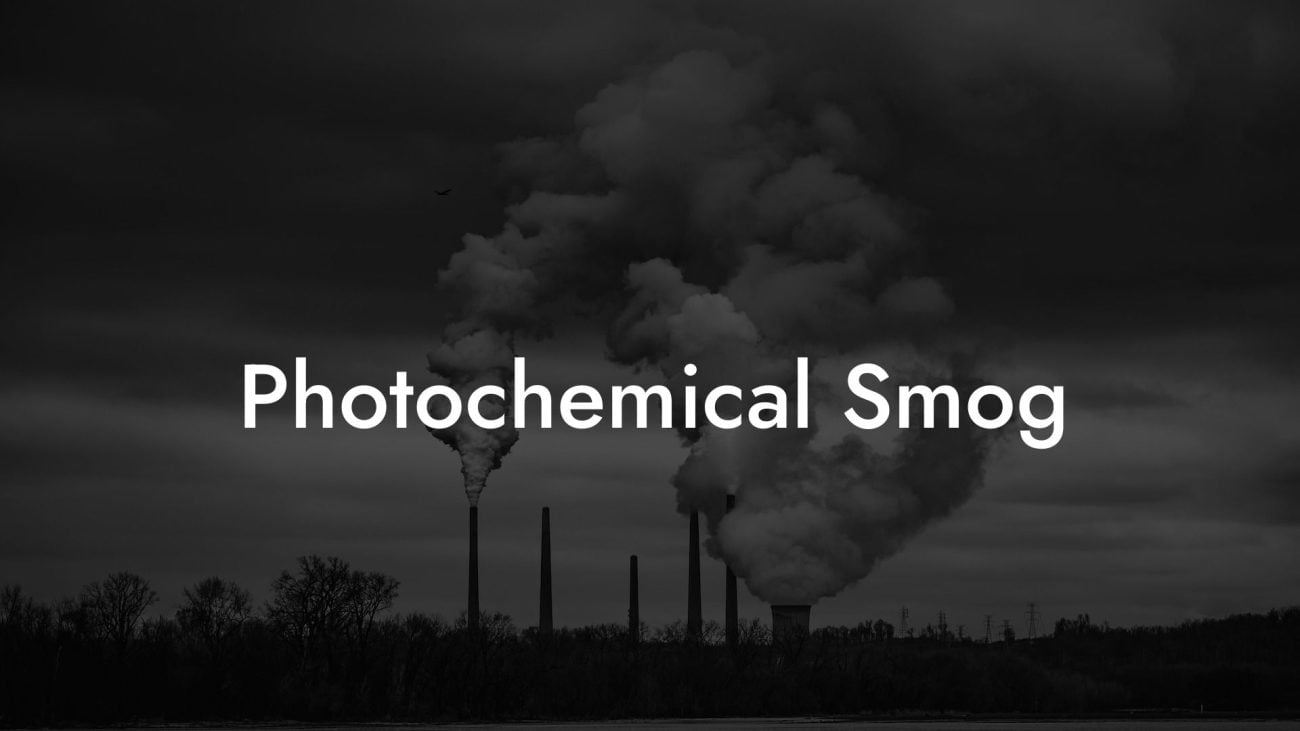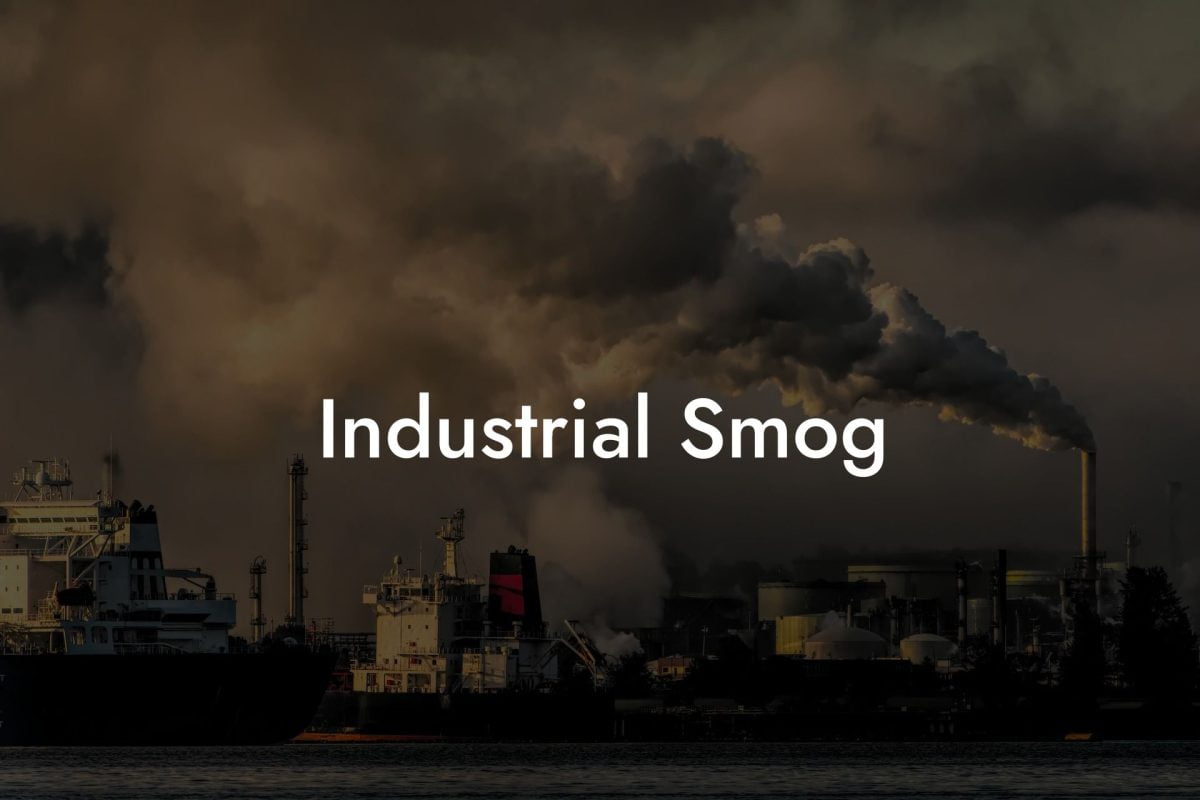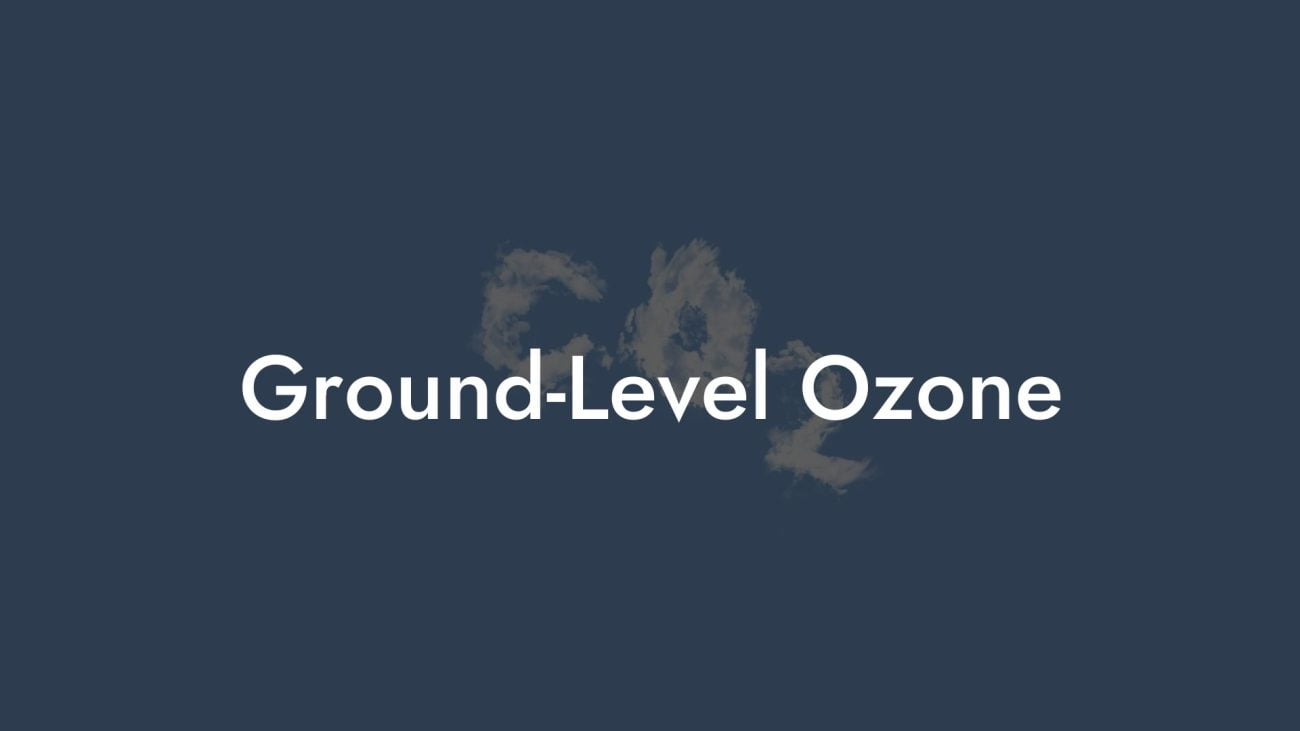Introduction to Air Pollution Levels
Air pollution levels refer to the concentration of pollutants in the atmosphere. Understanding these levels is crucial for assessing environmental quality, public health risks, and for formulating effective pollution control strategies.
The Significance of Monitoring Air Pollution Levels
Regular monitoring helps identify pollution hotspots, understand trends, and evaluate the effectiveness of air quality regulations.
Key Air Pollutants and Their Levels
Particulate Matter (PM10 and PM2.5)
Particulate matter, especially fine particles like PM2.5, poses significant health risks. Safe levels are determined by national and international health agencies.
Nitrogen Dioxide (NO2)
NO2, primarily from vehicle exhaust, is a major urban pollutant. Monitoring its levels helps assess traffic-related pollution.
Sulfur Dioxide (SO2)
SO2 levels are critical indicators of industrial pollution, particularly from power plants and industrial processes.
Carbon Monoxide (CO)
CO levels are monitored, especially in urban areas, to prevent health hazards due to this odorless and dangerous gas.
Ground-level ozone is monitored due to its harmful effects on respiratory health and vegetation.
Health Implications of High Pollution Levels
Respiratory and Cardiovascular Diseases
High levels of pollutants can exacerbate respiratory conditions like asthma and bronchitis, and lead to cardiovascular problems.
Vulnerable Populations
Children, the elderly, and people with pre-existing health conditions are more susceptible to the effects of high pollution levels.
Environmental Impacts
Ecosystem Damage
Elevated pollution levels can harm wildlife, damage forests, and affect water bodies.
Visibility Reduction
High levels of certain pollutants, particularly PM, can reduce visibility, leading to haze.
Network of Monitoring Stations
A network of fixed and mobile monitoring stations provides data on pollution levels across various locations.
Satellite and Remote Sensing
Advanced satellite technology offers broader data on air pollution levels, complementing ground-based measurements.
Air Quality Index (AQI)
The Air Quality Index is a tool used to communicate how polluted the air currently is or how polluted it is forecast to become.
Public Awareness
AQI is crucial for informing the public about daily air quality, helping people reduce their exposure to pollution.
Regulation and Management of Air Pollution Levels
Air Quality Standards
Governments set air quality standards to regulate the concentration of pollutants in the air.
Pollution Control Policies
Policies and initiatives, such as emission controls and traffic management, aim to reduce pollution levels.
Role of Individuals in Reducing Pollution Levels
Personal Actions
Individuals can contribute to reducing pollution levels through actions like using public transport, reducing energy use, and advocating for cleaner practices.
Air Pollution Levels in the UK
Current Challenges
The UK faces challenges in managing air pollution levels, especially in urban and industrial areas.
Initiatives and Progress
The UK has implemented various measures to improve air quality, including stricter emission standards and promoting sustainable transport.
UK Air Pollution: Your Comprehensive Database
Extensive Air Pollution Data
UK Air Pollution provides detailed data on air pollution levels across the UK, making it an invaluable resource for monitoring, research, and policy-making.
Why Choose UK Air Pollution?
Our platform offers a professional, engaging, and informative perspective on air quality, catering to the needs of researchers, environmental professionals, and the public.
Enhancing Environmental Understanding and Action
Utilize the extensive data and insights from UK Air Pollution to inform and enhance your environmental projects, services, and research, contributing to a healthier UK.
Frequently Asked Questions
What Are Air Pollution Levels?
Air pollution levels refer to the concentration of pollutants in the air. These levels can vary based on factors like location, weather conditions, and time of day.
How Are Air Pollution Levels Measured?
Air pollution levels are typically measured using air quality indices like the Air Quality Index (AQI), which quantify the concentration of major pollutants in the air.
What is the Air Quality Index (AQI)?
The AQI is a tool for reporting daily air quality. It indicates how clean or polluted the air is and provides information on potential health effects.
What Pollutants Does the AQI Measure?
The AQI measures a variety of pollutants, including particulate matter (PM2.5 and PM10), sulfur dioxide (SO2), nitrogen dioxide (NO2), carbon monoxide (CO), and ozone (O3).
Why is Monitoring Air Pollution Levels Important?
Monitoring air pollution levels is crucial for public health, environmental protection, and to inform policy decisions for improving air quality.
What Are the Major Sources of Air Pollution?
Major sources include vehicle emissions, industrial emissions, burning of fossil fuels, agricultural activities, and natural sources like wildfires and dust storms.
How Do Weather Conditions Affect Air Pollution Levels?
Weather conditions like wind, temperature, and humidity can significantly impact air pollution levels. For instance, wind can disperse pollutants, while a lack of it can cause them to accumulate.
What Are Safe Levels of Air Pollution?
Safe levels vary by pollutant, but the World Health Organization (WHO) and environmental agencies provide guidelines on maximum safe concentrations for various pollutants.
How Can Individuals Protect Themselves from High Air Pollution Levels?
Individuals can protect themselves by staying indoors on days with high pollution levels, using air purifiers, wearing masks, and avoiding strenuous outdoor activities.
Can Air Pollution Levels Impact Climate Change?
Yes, certain air pollutants like greenhouse gases contribute to climate change, while others like particulate matter can have cooling effects by reflecting sunlight away from the Earth.
What is Particulate Matter (PM) and Why is it Concerning?
Particulate matter consists of small particles suspended in the air. PM2.5 and PM10 can penetrate deep into the lungs and bloodstream, posing significant health risks.
How Do Vehicles Contribute to Air Pollution Levels?
Vehicles contribute significantly through exhaust emissions, releasing pollutants like nitrogen oxides, carbon monoxide, particulate matter, and volatile organic compounds.
What Role Do Trees Play in Reducing Air Pollution Levels?
Trees help reduce air pollution by absorbing pollutants through their leaves, thus improving air quality and providing cleaner air.
How Does Industrial Activity Affect Air Pollution Levels?
Industrial activities contribute to air pollution through the release of various pollutants, including sulfur dioxide, nitrogen oxides, particulate matter, and volatile organic compounds.
What Are the Health Impacts of High Air Pollution Levels?
High air pollution levels can lead to respiratory problems, cardiovascular diseases, aggravated asthma, and in severe cases, premature death.
How Can Urban Planning Reduce Air Pollution Levels?
Urban planning can reduce air pollution through green spaces, promoting public transportation, implementing strict emission standards, and encouraging sustainable practices.
What is the Significance of Indoor Air Pollution?
Indoor air pollution can be as harmful as outdoor pollution, caused by sources like tobacco smoke, cooking fumes, household chemicals, and poor ventilation.
How Does Air Pollution Differ in Urban and Rural Areas?
Urban areas typically experience higher air pollution levels due to higher traffic volumes and industrial activities, while rural areas might experience pollution from agricultural practices and natural sources.
Can Air Pollution Levels Be Predicted?
Yes, air pollution levels can be predicted using models that take into account various factors like emissions data, weather conditions, and geographical information.
What Measures Can Governments Take to Control Air Pollution Levels?
Governments can implement measures like setting and enforcing emission standards, investing in renewable energy, promoting public transportation, and creating awareness about air pollution.
How Does Air Pollution Affect Children and the Elderly?
Children and the elderly are more vulnerable to the effects of air pollution, which can exacerbate asthma, cause developmental issues in children, and worsen chronic health conditions in the elderly.
What Are the Economic Impacts of High Air Pollution Levels?
High air pollution levels can lead to increased healthcare costs, decreased worker productivity, and can impact sectors like tourism and agriculture.
How Do Natural Events Like Wildfires Affect Air Pollution Levels?
Natural events like wildfires can significantly increase air pollution levels by releasing large amounts of particulate matter and other pollutants into the air.
What Role Does Public Awareness Play in Reducing Air Pollution?
Public awareness is crucial in reducing air pollution, as it can lead to behavioral changes, increased demand for clean air policies, and more responsible industrial and personal practices.
Can Technological Innovations Help Reduce Air Pollution Levels?
Technological innovations, such as electric vehicles, renewable energy sources, and advanced emission control technologies, can significantly help reduce air pollution levels.
How Do Air Pollution Levels Impact Wildlife and Ecosystems?
Air pollution can harm wildlife and ecosystems by damaging vegetation, acidifying water bodies, and altering nutrient cycles in the soil.
What Are the Long-Term Goals for Improving Air Quality?
Long-term goals include reducing greenhouse gas emissions, transitioning to sustainable energy sources, improving public transportation systems, and achieving WHO air quality guidelines.


